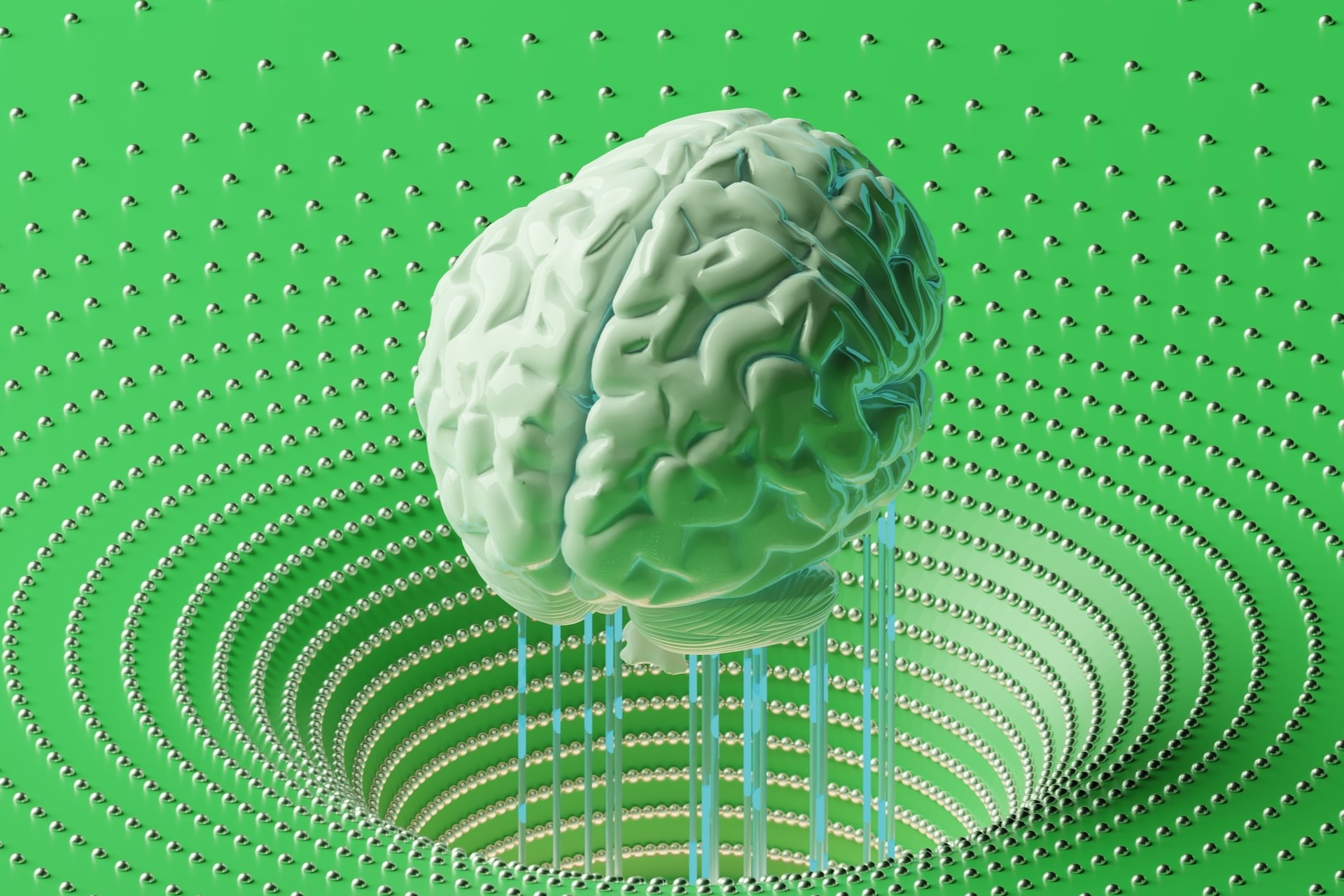If you’re a tech enthusiast, you understand the importance of artificial intelligence (AI). AI is more than what you see in science fiction movies — it’s an emerging field of technology that describes machines with humanlike intelligence and capabilities.
For example, you might know about machine learning (ML), a subset of AI that some of the biggest tech giants use for their products. Netflix recommendations, GPS navigation on smartphones and Google Assistant all rely on ML. Another branch of AI that’s making a name for itself is natural language processing (NLP).
What is natural language processing, how does it work and what does the future hold for this promising field?
What is Natural Language Processing (NLP)?
NLP, as mentioned above, is a component of AI that helps computers interpret, analyze, understand and manipulate spoken and written language.
NLP first got its roots in the 1950s, when well-known mathematician Alan Turing published an article called “Computing Machinery and Intelligence.” Turing also developed the Turing Test, a method of determining whether machines demonstrate human intelligence.
ML, computational linguistics and statistical and deep learning models come together to create NLP. NLP can reveal the structure and meaning of a text, in addition to gathering information about people, places and events. Additionally, machines with NLP can analyze and extract information from voice data.
What is the Main Goal of NLP?
NLP is an element of AI, meaning it makes things easier for us in the real world. In other words, the tech sector’s larger mission with AI is to develop technology capable of simplifying various tasks and processes.
The main goal of NLP is to allow computers to read, understand and decode human language through text in a valuable way. There are numerous applications of NLP, especially in sectors such as:
- Health care
- Automotive
- Consumer electronics
- Education
- Business/Finance
- IT and data science
The purpose of NLP evolved over the years — in the 1950s, it was labeled “symbolic” NLP. From the 90s to the 2010s, it became “statistical” NLP, and currently, it’s called “neural” NLP. Neural NLP is the most advanced form and relies on neural network-based methods.
How NLP Works
After learning the answer to “what is natural language processing?”, you can learn more about how it works.
Human language is first broken down into fragments. This allows the computer to analyze each individual fragment and determine a sentence’s structure. The fragments also allow the computer to analyze the words’ meanings.
Here are some essential pre-processing tools data scientists need before they can use NLP:
- Tokenization: Breaks text down into small units
- Stop word removal: Filters out common words or phrases that offer little to no meaning
- Part-of-speech tagging: Marks words as nouns, verbs, adjectives, etc.
- Stemming and lemmatization: Reduces words to root forms for standardization
With these components, NLP can transform basic text into something meaningful, much in the same way humans can. After pre-processing, the machine needs an NLP algorithm to process it. Although there are many different NLP algorithms, two main types are used most often for NLP: rules-based and ML-based.
Rules-based algorithms, as their name suggests, follow a set of linguistic rules for NLP. On the other hand, ML-based algorithms use statistical methods and perform tasks using training data. In other words, once an ML-based algorithm is fed data, it adjusts its method, analyzing language through repeated processing.
The 5 NLP Phases
There are five primary steps that NLP is separated into, including the first step mentioned above. Take a deeper look at these five stages to learn how NLP works.
1. Lexical/Morphological Analysis
The first stage is briefly mentioned above. It’s the initial stage of NLP and focuses on recognizing and analyzing word structures. Collections of words, a.k.a. phrases, are referred to as lexicons. During this stage, the machine searches for morphemes, which are small units of words. The words’ probably parts of speech are also analyzed in the lexical/morphological analysis stage.
2. Syntax Analysis/Parsing
Syntax analysis is essentially checking for grammar, arranging words and displaying the relationships between words and phrases. This guarantees that the structure of a text and the grammar is correct. In simple terms, this stage involves the machine “making sense” of text.
3. Semantic Analysis
In the third stage, semantic analysis, the machine tries to find meaning within a statement. It concentrates on the meaning of each word and its dictionary definition. It can also involve putting words together to form sentences that make sense.
4. Discourse Integration
Discourse integration refers to the feeling you get when you read a sentence. In NLP applications, this means training a machine to provide content for any given text. Sentences gain meaning based on their preceding sentences and establish the meaning of the following sentence. This also goes for the use of proper nouns and pronouns.
5. Pragmatic Analysis
The final NLP phase is pragmatic analysis. The content from the previous stages and its impact on interpretation are the focus of this stage. During pragmatic analysis, the machine uses a set of rules to find an intended meaning. It can identify things like:
- Word repetition
- Who said what to whom
- How people communicate with one another
- The context in which people converse
Essentially, the fifth stage is the “meat and potatoes” of any NLP process because it relies on the four previous stages and results in a valuable output.
Common Examples of NLP
Here are some examples of NLP in action to help you understand just how special this technology is for consumers and businesses.
Digital Voice Assistants
Small digital voice assistants are in millions of households worldwide. There are different companies that sell these devices, such as Google, Amazon and Apple. Amazon Alexa is probably the most well-known example of a device that uses NLP, as it is compatible with many smart home technologies.
Email Filters
Getting spam emails is a nuisance, but NLP allows you to filter out unwanted messages, so they land in your junk folder. Email filters are considered a basic application of NLP, but they have evolved and are capable of doing more than just recognizing spam.
Spell Check
Spell check is a godsend for students, business professionals and virtually anyone responsible for typing important documents. Spell check is a popular feature in word processing software like Google Docs, Microsoft Word and Grammarly.
Autocomplete
Autocomplete is another example of NLP in action. The sentences above, the one you’re reading right now and all of the sentences below are written on software with an autocomplete feature.
When you type an inquiry into Google, do you know how the search engine will provide you with predictions? This is another example of autocomplete. It makes it much faster and easier to type sentences, as software with NLP can guess what word will come next and allow the user to hit “tab” to finish.
Expect NLP to Evolve
NLP is an interesting technology with numerous applications. Many tech companies leverage NLP and create helpful features for their products. Because it’s used for so many different reasons, it will likely become more advanced in the future. NLP will fine-tune communication between humans and machines and create a more digitally driven world.
Recent Stories
Follow Us On
Get the latest tech stories and news in seconds!
Sign up for our newsletter below to receive updates about technology trends














